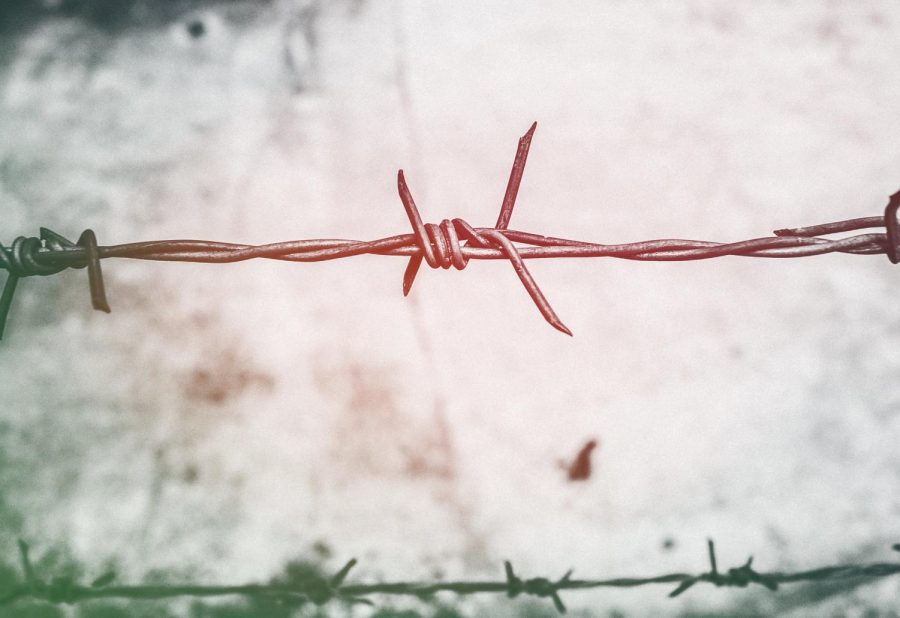The Ongoing Moral Crisis at the Border
January 10, 2020
Just last year, during the midterms elections, propaganda filled the airwaves with warnings of incoming migrant caravans that contained thousands of violent criminals. However, Republicans ceased discussing this supposed crisis at the border once the midterms ended. So, what happened? A couple hundred migrants showed up, some were admitted into the United States, and others weren’t. Despite this anticlimactic conclusion, there is still a crisis at the border. Now, more than any time in recent history, migrants from Mexico and Central America face life-threatening danger.
The most notable change made to by the administration pertains to asylum seekers, especially those from Mexico. Under U.S. law, seeking asylum at a port of entry is a perfectly legal means of entering the country. Make no mistake, although asylum seekers typically get to stay in the U.S. while applying, the process is nothing short of rigorous. To gain long-term asylum, the seekers must prove that their lives are in imminent danger with specific evidence. Simply fearing for one’s life does not guarantee asylum as that fear needs to be proven credible. If the asylum seeker cannot meet this standard, they are sent back. Trump’s administration, however, has made this process even more difficult by heavily implementing metering. Metering limits the number of asylum seekers that can go through a port of entry per day. Previously, this number was 70 migrants per port per day. Now, it’s 30. Because of this policy, migrants are forced to wait outside of the country. The lines that form as a result can have thousands of migrants and take years to get through.
The issue is further exacerbated for asylum seekers from Mexico as denying their entry results in their returning to the very country they hope to flee, and the danger there is all too real. In a recent article from Time, a 60-year-old asylum seeker named Oscar who had been kidnapped by the cartels says, “[the cartels] are going to serve my head on a platter… If you try to defend yourself, they’ll kill the whole family.” Furthermore, in a report from CNN, an asylum seeker named Maximo reiterates the inherent dangers that come with waiting along the border to apply for asylum, saying, “We are alone and only God’s hand has kept us safe… We would just like a safe place [to wait] for a response from the government.” Sadly, stereotypes and biases lead many judges to dismiss claims of cartel violence as credible evidence of danger. Asylum seekers, by definition of law, must prove that they face persecution from their own government. However, as a recent Time article points out, these laws don’t account for the fact that the cartels in Mexico are, in many ways, more powerful than the official government. As a result of this ignorance, migrants from Mexico have rates of acceptance significantly lower than those from Central American countries (15% vs. 35%, to be exact). Mexican military efforts to curb cartel violence have seen little success. Mexican nationals now face a challenge two-fold: surviving the increasingly long waits to enter the U.S. and apply for asylum, and actually obtaining asylum.
Regardless of your views on illegal immigration, the migrants being turned away at our border are not all illegal. Seeking asylum at a U.S. port of entry is a right granted by our government and nearly every other first-world country. Denying asylum seekers a safe location to wait for processing represents an unethical attack on our fellow human beings. If, for some reason, the immorality of leaving asylum seekers at the mercy of cartels does not bother you, know that those supporting the Trump administration’s immigration policies can longer hide behind that tried and true mantra: “I’m for immigration, but people need to do it the right way, legally.” Seeking asylum is a legal way of entering this country, and yet still the U.S. government has done everything in its power to make the process as difficult and dangerous as possible.


